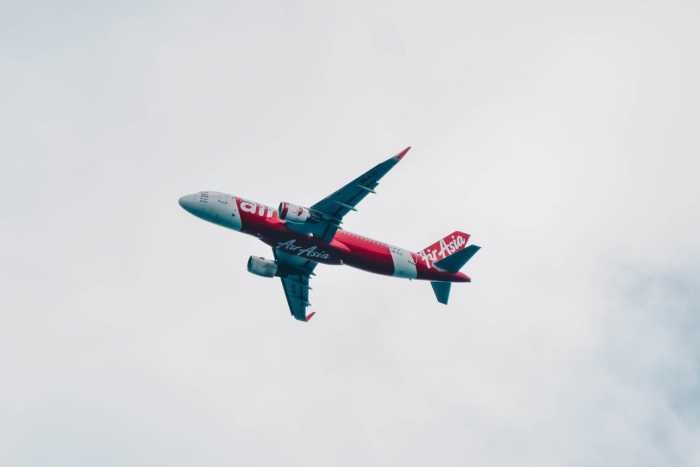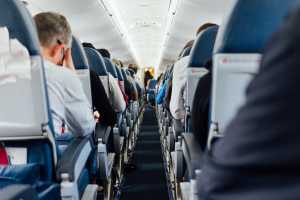
Thai AirAsia X Adds Second Daily Flight to Seoul From October
22nd Aug 2016

Thai AirAsia X (TAAX) the addition of a second daily flight on its service between Bangkok and Seoul, South Korea. This will help the Thai-based low-cost carrier cater for strong demand during peak season on this route.
Starting on 30th October this year and ending with 25th March next one, the new service to the South Korean capital will depart from Don Muang Airport in Bangkok at 8:15 a.m. and arrive at Incheon International Airport at 15:20 p.m. The return flight will leave Soul at 16:25 p.m. and arrive back in Thailand at 20:15 p.m.
TAAX already operates one flight between Bangkok and Seoul, which departs from Don Muang Airport at 1:15 a.m. and from Seoul at 11:15 a.m.
Chief executive officer at Thai AirAsia X Nadda Buranasiri said the LCC is adding the second Bangkok-Seoul flight “in anticipation of increased demand during the upcoming travel season, especially for Thai travellers who want to visit South Korea in the autumn and winter”.
Korean Tourist Organisation Welcomes TAAX’ Decision to Add Another Flight to Seoul
Lee Wong, Director of Korean Tourism Organisation (KTO) Bangkok office welcomed the carrier’s decision to add another flight to the route and said:
South Korea is one of Thailand’s most popular destinations for tourism, especially due to the success of K-pop and K-dramas among the Thai youths, which has spurred more of them to visit the country on their own.
The Director of KTO also added:
Our organisation congratulates and thanks Thai AirAsia X for increasing its flights from Bangkok to Seoul to twice daily to accommodate the higher number of Thai travellers to South Korea expected later this year.
Thai AirAsia X will operated both flights between the Thai and South Korean capitals using an Airbus A330-300 aircraft with 366 seats, in a 2-class setting. It is estimated that the newly added flight will add more than 2,500 seats per week in either direction.
Thai AirAsia X has revealed that its load factor on this route averaged 91 per cent during the first half of this year. Overall, nearly quarter million Thais (a little over 248,000) travelled from Thailand to South Korea, which was 13.8 per cent more than in the same period in 2015.








